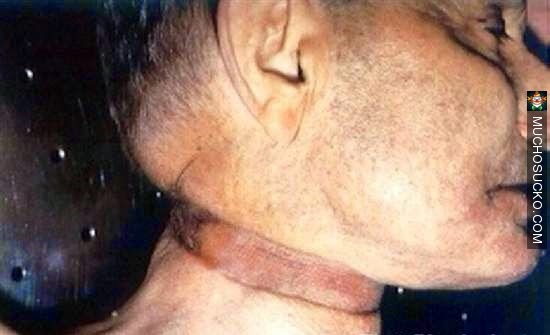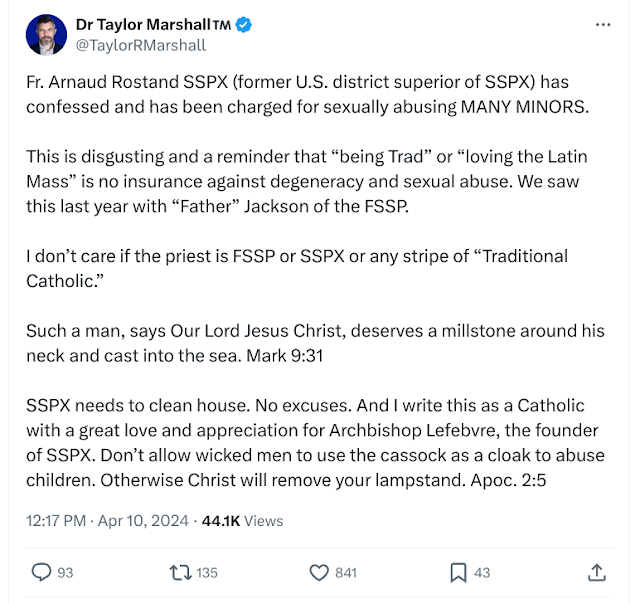Uccel di Giove (Jove’s Bird ) Is The Holy Roman Pontiff
As I beheld the bird of Jove descend
Down through the tree, rending away the bark,
As well as blossoms and the foliage new,
And he with all his might the chariot smote,
Whereat it reeled, like vessel in a tempest
Tossed by the waves, now starboard and now larboard
pur.xxxii.
Most commentators of the Divine Comedy such as professor Joan Ferrante claim that the Uccel di Giove or Jove’s bird (Pur.canto xxxii) is the Holy Roman Emperor.
The better interpretation is that the uccel di Giove is the Holy Roman Pontiff.
This interpretation fits better with the whole theme of the poem, especially when looking at the Tree as representing the Holy Sacrifice of the Mass.
The Tree is the Holy Sacrifice of the Mass and Jove’s bird is the Holy Roman Pontiff, because the only one allowed (tolerated by God) to change the Liturgy (for better or worse) is the Holy Roman Pontiff.
The Liturgy is a spiritual matter for the Holy Roman Pontiff, the Holy Sacrifice of the Mass is not a matter for the Holy Roman Emperor.
The temporal authority of the Emperor is not allowed to make any changes to the rubrics or prayers of the Holy Sacrifice of the Mass.
Regardless of the outcome (either for good or ill) when the Pope makes a change to the Mass, it only belong to the office of the Pope to do such a thing.
So here is the better interpretation of canto xxxii:
Stripping the Mass of the prayers and ceremonies done by the Holy Roman Pontiff (bird of Jove):
As I beheld the bird of Jove (Pope Paul VI) descend
Down through the tree (Mass), rending away the bark (prayers and ceremonies),
As well as blossoms and the foliage new ((prayers and ceremonies)
The above is Dante’s prophetic vision of Pope Paul VI (Jove’s bird) stripping the Holy Sacrifice of the Mass (Tree) of most of it’s prayers and ceremonies. The Mass we have today is a barren tree.
The Tree is better interpreted as the Holy Sacrifice of the Mass because some medieval writers have compared the Holy Sacrifice of the Mass to a tree. The prayers and ceremonies of the Mass are compared to a tree’s leaves, blossoms, bark and branches. When the leaves, blossoms, bark and branches are stripped from the tree, the tree is not capable of bearing fruit.
This is why the Mass is compared to a tree, because when the prayers and ceremonies are stripped away from the Mass it is difficult for the faithful to bear spiritual fruit. Most of you who have attended the New Mass know this by experience. Who can say otherwise?
So I think the above is the better interpretation of Dante’s vision of Jove’s Bird. Hopefully this interpretation will become the only interpretation of the above. If so, then it would be difficult to destroy this interpretation. Better writers will expand on this, if it is true. Granted the above is taken from a few medieval writers from the 1600’s: Fr. Hill, Fr. Heighman and Fr. Puente. Maybe they were influenced by Dante, I don’t know. The comparisons of the Mass to a tree were found in works on the Mass and meditations on the Sunday Gospels







Comments
Post a Comment